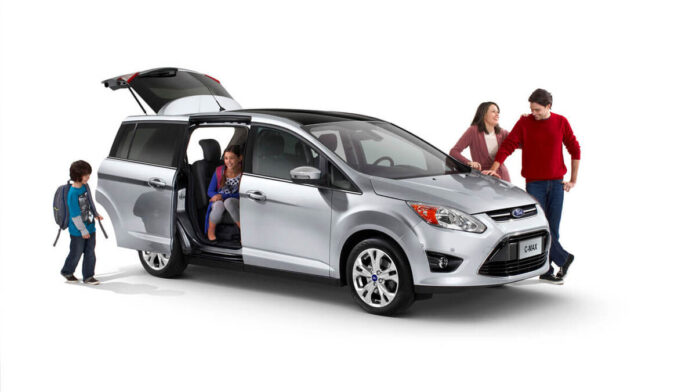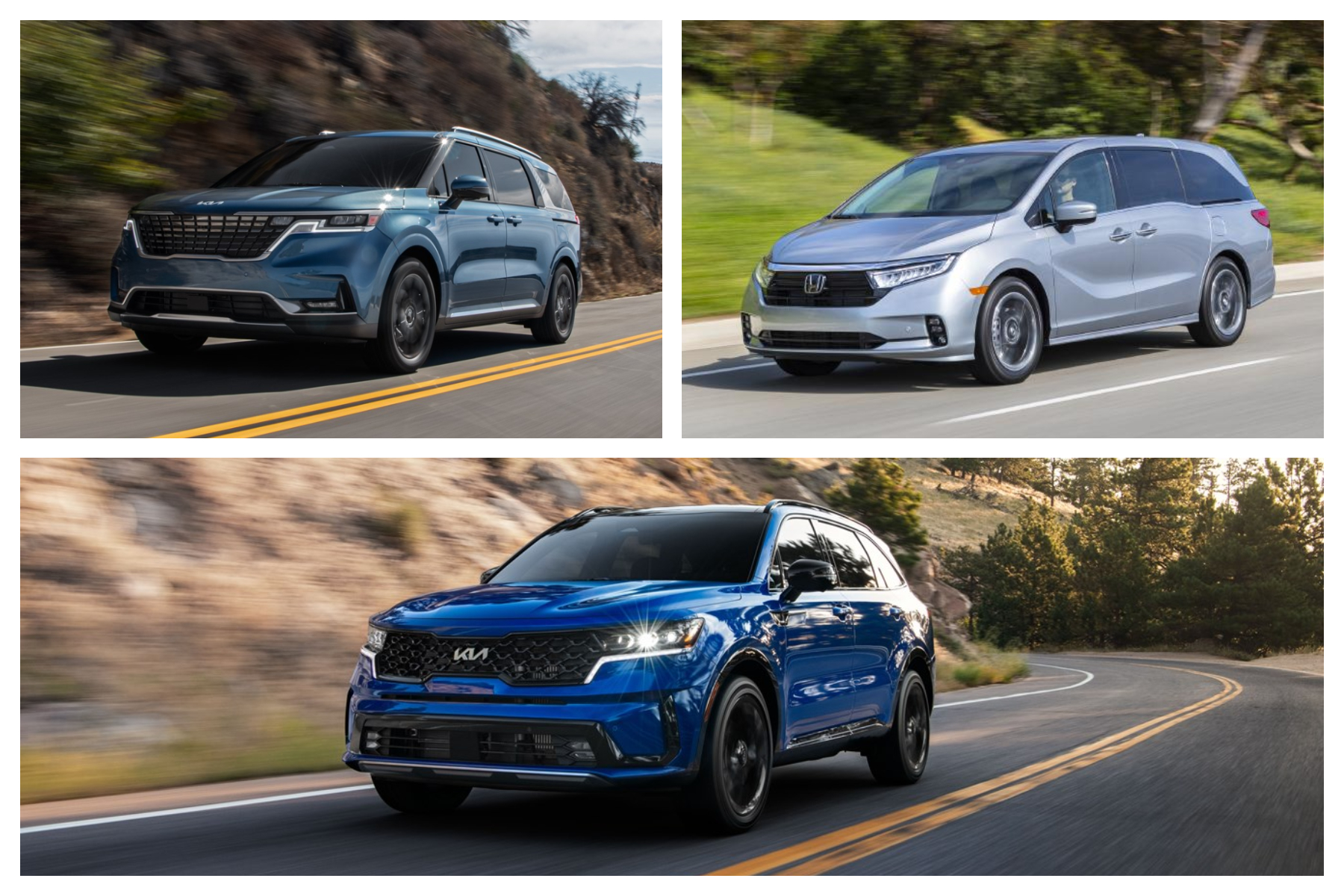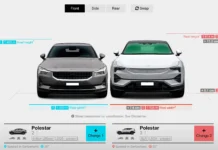Families searching for the best family car often face the same choice: minivan or SUV. Both promise space, safety, and versatility. But their strengths lie in different places, and what works for one household may frustrate another.
This guide looks at how each stacks up against everyday needs, from commuting and road trips to hauling sports gear and groceries.
The goal isn’t to declare a single winner but to help you decide which one truly fits your family’s lifestyle.
The Big Question of Family Priorities
When comparing minivans and SUVs, the decision rarely comes down to raw horsepower or flashy styling. Parents want convenience when buckling kids in, enough cargo room for weekend runs, and confidence on the highway.
- Minivans excel in easy entry, sliding doors, and flexible seating.
- SUVs bring ruggedness, all-wheel drive, and towing capacity.
Your choice depends on what you value most: efficiency in daily routines or adaptability across varied conditions. Both categories have models with strong safety ratings, advanced tech, and comfortable rides, but the way they deliver these benefits feels different.
Space, Comfort, and How Families Use Them

A car’s footprint influences how relaxed or cramped daily drives feel. Families often lean toward vehicles that balance passenger rooms with manageable size. It can prove very useful to compare car dimensions. The outstanding feature VehicleSizes offers is the comparison side by side with high quality images.
Seeing real proportions helps buyers understand how one vehicle might fit in a garage, or whether the third row truly offers comfort for teens.
Minivans typically maximize interior space more efficiently. Their flat floors and boxier shapes allow full-sized adults to sit comfortably in all rows. SUVs, while roomy, often taper in the rear for styling, which can affect headroom and cargo height. If everyday comfort is the top priority, minivans are tough to beat.
Everyday Usability ─ What Feels Easier
A family car earns loyalty by reducing friction in daily life. On this front, minivans shine in ways that parents notice immediately.
- Sliding doors prevent door dings in tight parking lots and make car seat access smooth.
- Lower step-in height eases loading toddlers or heavy bags.
- Flat cargo floor means fewer awkward lifts.
SUVs offer different advantages. Their higher stance gives drivers better visibility, which feels reassuring in traffic. Many models also support towing, ideal for trailers, boats, or small campers. Yet SUVs often demand more effort when installing multiple child seats or lifting heavy strollers into the trunk.
In short: minivans simplify the routine, while SUVs broaden the possibilities.
Performance and Driving Feel
Even family-focused buyers care how a car feels on the road. SUVs tend to deliver a more commanding presence, with higher ground clearance and often all-wheel drive. They handle rougher conditions like snowy commutes or gravel roads more confidently. Larger engines in midsize or full-size SUVs also give more power for merging and passing.
Minivans, in contrast, prioritize smoothness and efficiency. Most are front-wheel drive, tuned for comfort over adventure. Handling is more car-like, which can feel reassuring for drivers used to sedans. Fuel economy usually leans in their favor, especially when compared to V6 or V8 SUVs. If most of your driving is suburban errands and highway stretches, a minivan’s composed ride may feel like less work day to day.
Safety, Technology, and Peace of Mind
Safety isn’t negotiable in a family car. Both categories perform well in crash tests, but their standard features vary by model.
- Minivans: Many include family-focused innovations, like integrated vacuum cleaners or rear-seat monitoring systems. Advanced driver assistance (automatic braking, lane keeping, adaptive cruise) is increasingly standard.
- SUVs: Typically offer more robust driver-assist packages across trims. Their extra ground clearance can feel like a safety advantage, though rollover risk is statistically higher than in minivans.
Technology like Apple CarPlay, rear-seat entertainment, and multiple USB ports is common in both. Families may want to compare which trims include these features without steep upcharges.
Table ─ How minivans and SUVs compare in family-friendly factors
Below is a summary of how each option stacks up in core areas families usually ask about.
| Factor | Minivan Advantage | SUV Advantage |
| Passenger access | Sliding doors, low step-in height | Higher ride height for visibility |
| Cargo space | Flat floors, more usable third-row area | Higher roof clearance, towing capability |
| Driving dynamics | Car-like ride, better fuel economy | Rugged, powerful engines, AWD availability |
| Safety and tech | Family features (cabin cameras, vacuums) | Broader driver-assist packages |
| Style and image | Functional, family-oriented | Sportier, versatile, perceived prestige |
This overview shows there’s no single winner, only better alignment with your priorities.
Car buying isn’t purely rational. Many parents admit resisting minivans simply because of image – they feel too “grown-up” or utilitarian. SUVs carry a sportier, adventurous reputation, which can feel more appealing even if practical differences are small. It’s worth acknowledging these emotions. A car becomes part of your family’s story, tied to vacations, milestones, and countless everyday moments. Choosing one that feels right to you matters just as much as seating charts or spec sheets.
Costs, Resale, and Long-term Value

Price can tilt the decision. Minivans often start at lower base prices than midsize SUVs with three rows. They also deliver slightly better fuel efficiency, trimming long-term ownership costs. However, SUVs tend to hold value more strongly at resale. Their broader appeal across markets keeps demand higher.
Insurance can also differ. Some insurers classify SUVs in higher brackets due to repair costs and powertrain complexity. Maintenance costs for both are similar, though AWD systems in SUVs add service needs over time. Families balancing upfront budget with resale outlook should weigh these trade-offs carefully.
Matching a Car to a Lifestyle
Both minivans and SUVs qualify as the best family car, but for different households. If your days revolve around car seats, school runs, and constant loading and unloading, a minivan’s convenience features save time and effort. If your weekends include towing, rougher roads, or you prefer the elevated stance of a larger vehicle, an SUV may be the better fit.
The key is to identify your family’s patterns, daily routes, travel style, storage needs, and let those shape the decision. Practical comparisons, such as using online dimension tools and factoring in long-term costs, will bring clarity. In the end, the best family car is the one that turns everyday logistics into smoother, safer experiences for everyone inside.







